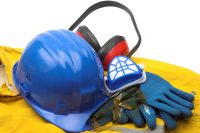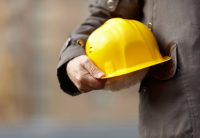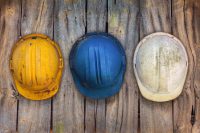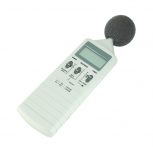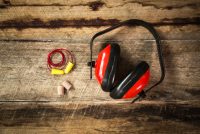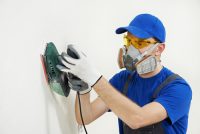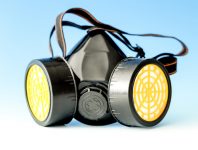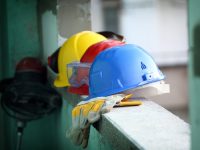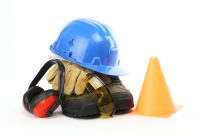Category: Personal Protective Equipment
No safety technology is changing as fast as that employed in PPE. The devices of just a few years ago are now obsolete by replacements that are lighter, easier to use, and more protective. These resources alert you to developments in the field, and equally important, supply training ideas to get your workers to use their PPE, and use it correctly.
Free Special Report: Does Your PPE Program Meet OSHA’s Requirements?
You probably have a smartphone already, and your tablet, your television, and your car may be almost as smart. But what if you had a smart hard hat, smart safety shoes, and a smart high-visibility vest? You could increase your safety IQ just by getting dressed! In all seriousness, wearable technology is coming soon to […]
Adrian Mitchell, an apprentice diesel fitter in Tasmania, Australia, was retracting a 3-inch hose in May 2013 when the hose control became stuck in the “on” position. The hose, which was equipped with a heavy metal fitting at its loose end, began to whip around. It hit Mitchell in the side of the head—but his […]
It could have been the last day of work ever for 51-year-old Anthony Ryecroft. The maintenance fitter, who worked at a steel mill in Cumbria, England, was repairing a roll-up door in his employer’s warehouse when it fell. Ryecroft was struck on the head, and he and a coworker both suffered badly broken legs in […]
Yesterday, we discussed how to use a sound level meter to perform area noise monitoring as part of your hearing conservation program. Today, we’ll look at when and how to use personal noise dosimetry to characterize worker exposures and determine what hearing protection, if any, might be required. You may need to use personal noise […]
Noise monitoring is a vital part of your hearing conservation program. It can help you determine whether workers could be exposed at or above the action level; select workers for inclusion in a hearing conservation program; and enable the selection of appropriate hearing protection devices. According to OSHA’s occupational noise standard (1910.95), area monitoring or […]
In the first century B.C., the Roman naturalist Pliny the Elder wrote about miners using pig bladders to try to protect themselves from hazardous breathing air in the mines. We’ve made some refinements since Pliny’s day—to the point of recognizing that the respirator itself can, under some conditions, be hazardous.
Respirators can be real lifesavers. A firefighter inside a building filled with toxic smoke breathes clean air because of his respirator, as does a painter inside a spray booth. But for workers with underlying heart or lung issues, a respirator can place a dangerous amount of stress on the body. That’s why OSHA’s respiratory protection […]
When a worker has to wear a respirator or hearing protection, it may seem obvious that they will require training in the use and care of their equipment. When the subject is protective clothing, the need may be less obvious—but it is still there.
When you think of personal protective equipment (PPE), you may naturally think of respirators, safety glasses, hard hats, safety shoes, hearing aids, and gloves. Although these are the most common types of PPE—protecting the most vulnerable areas and organs—some whole-body hazards require whole-body protection.
Are chemical-resistant gloves required in your workplace? How do you select the right ones? When it comes to chemical-resistant gloves, several choices exist, and there are a number of issues to consider when selecting the right glove: Consider the type of chemical. Acids, caustics, solvents, and oils have different requirements for gloves. Chemical contact considerations […]

